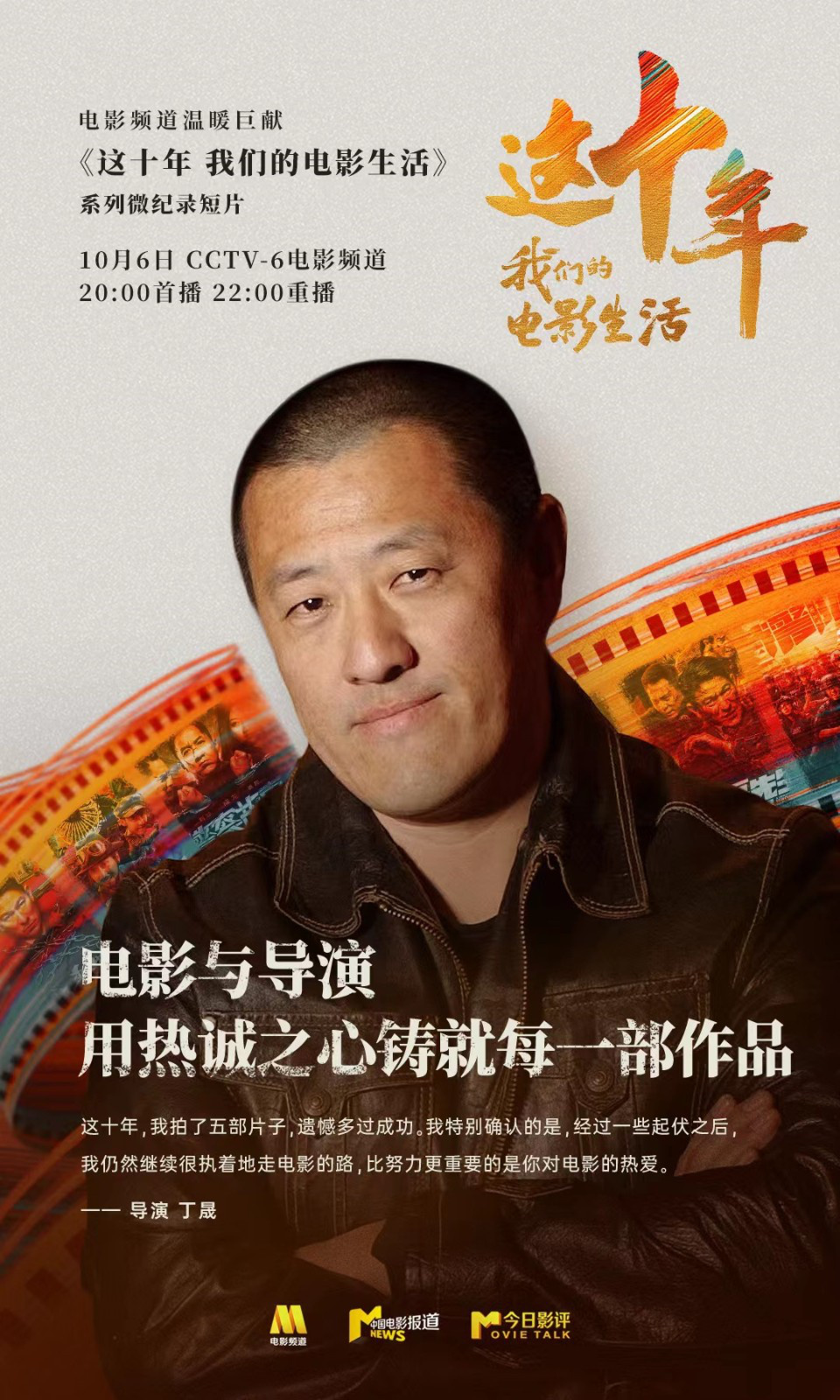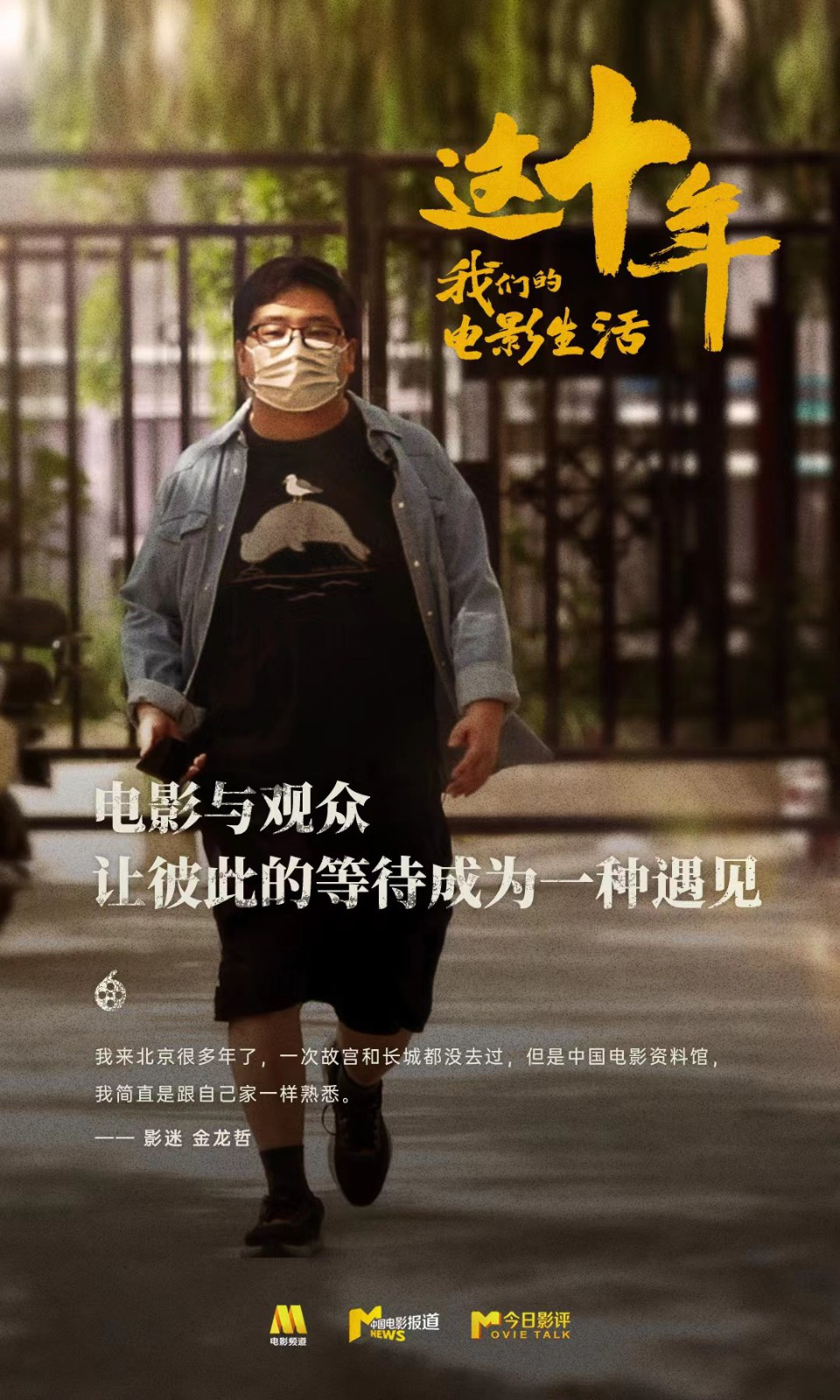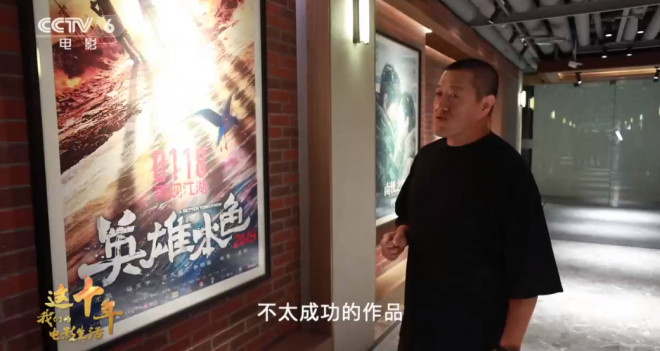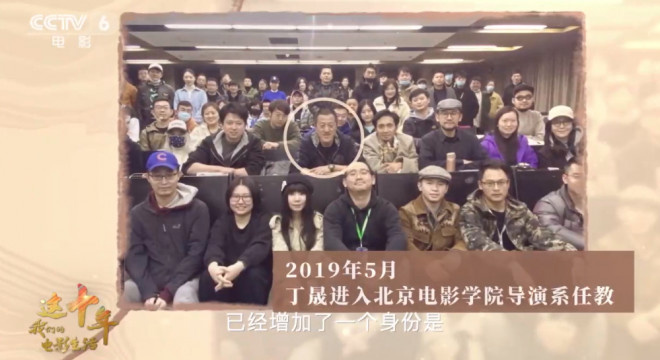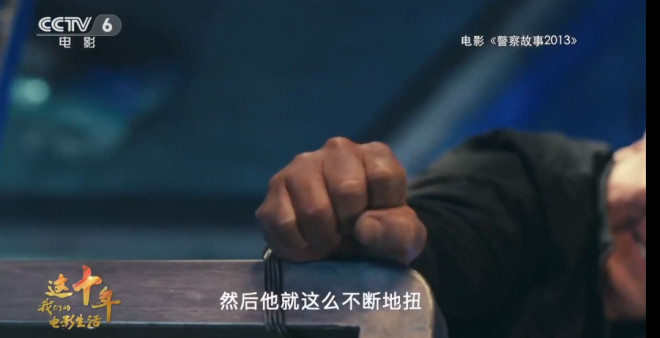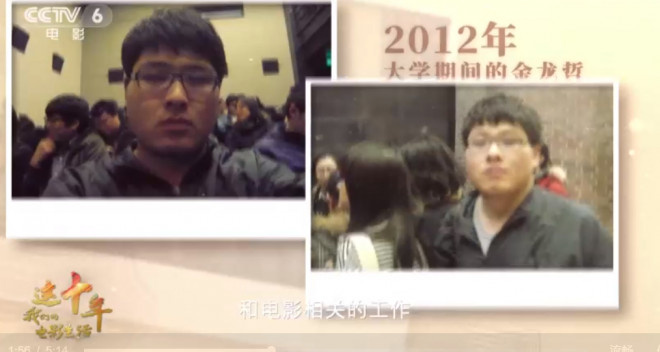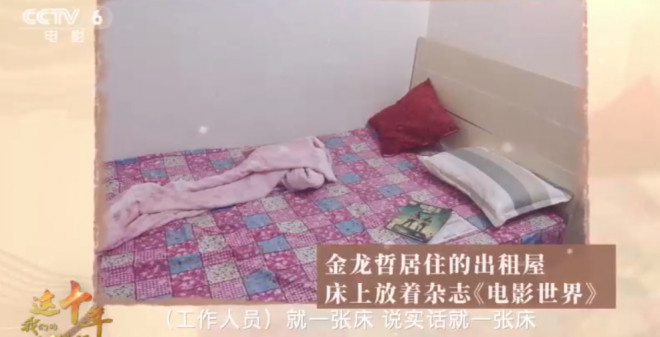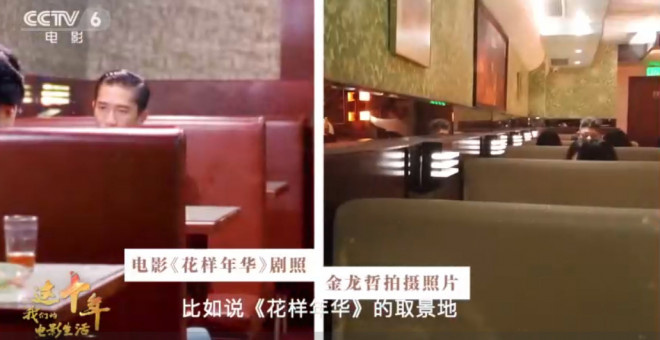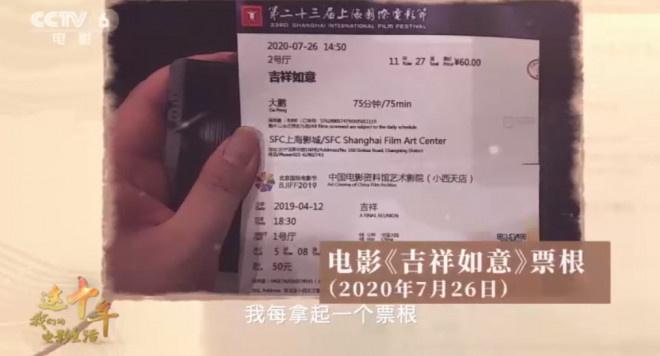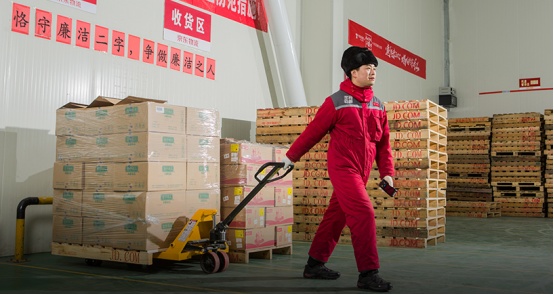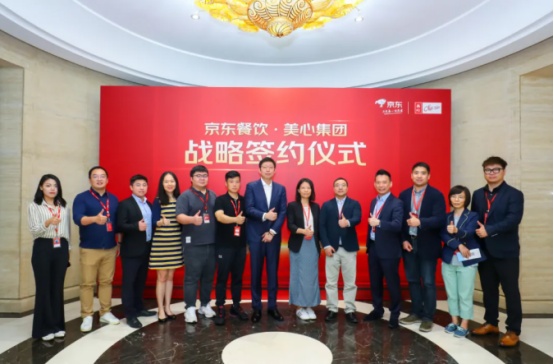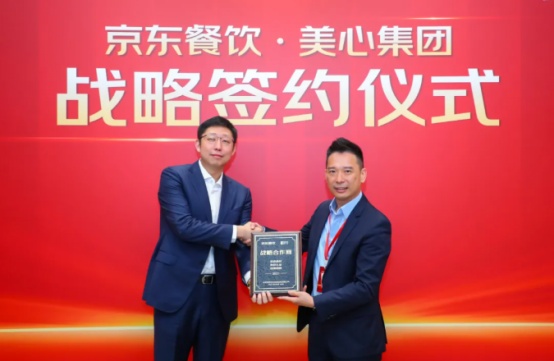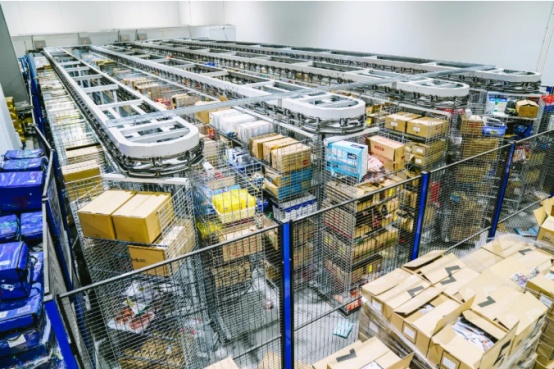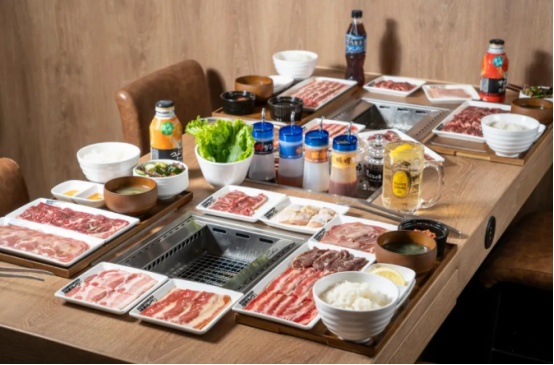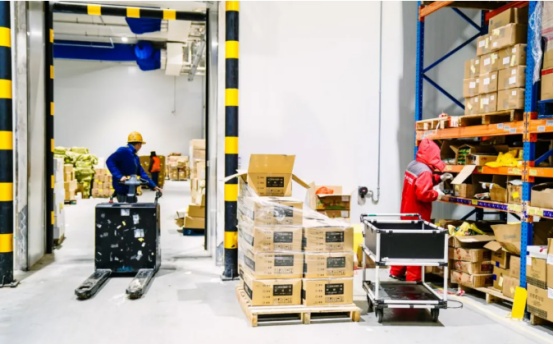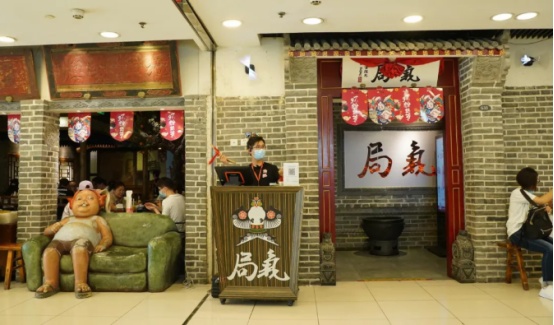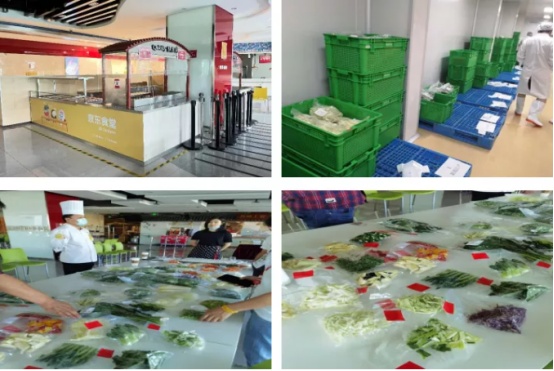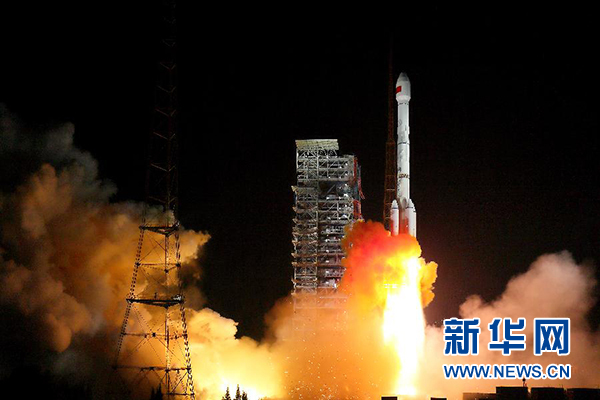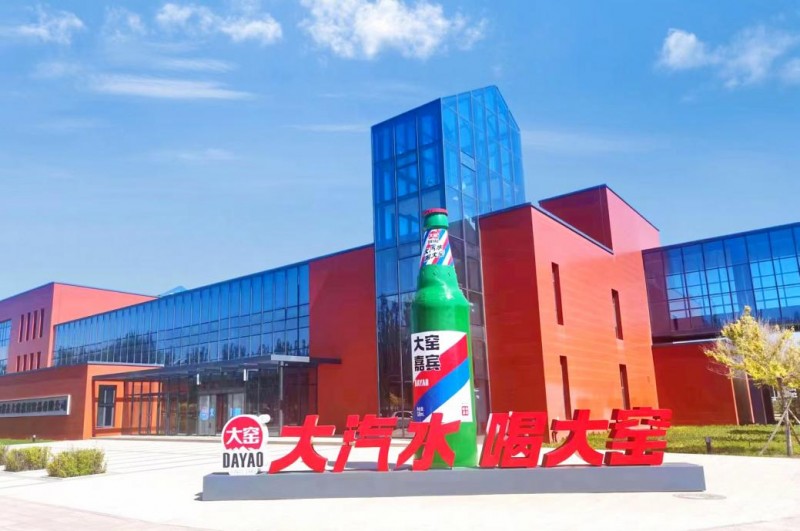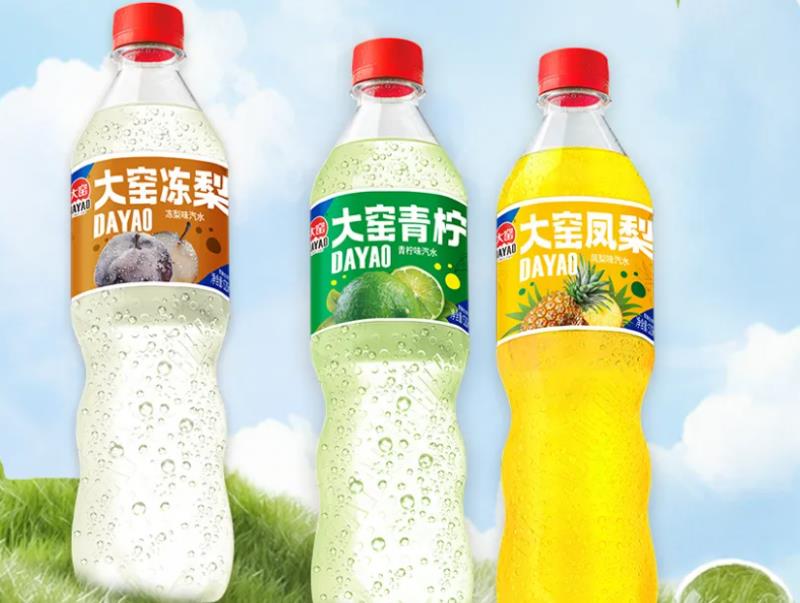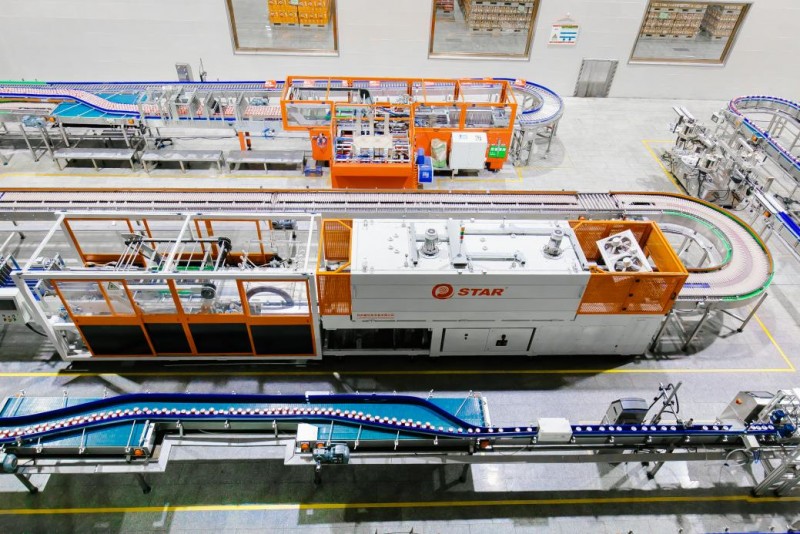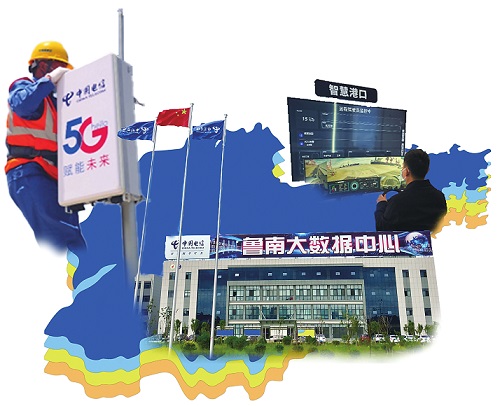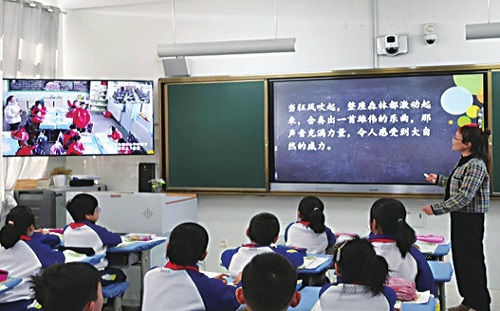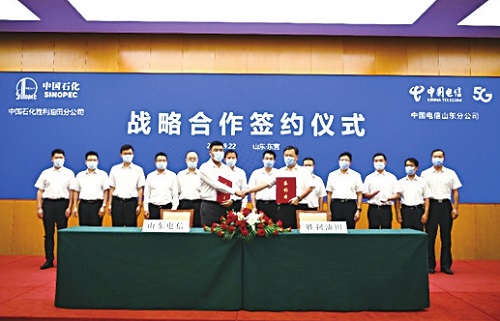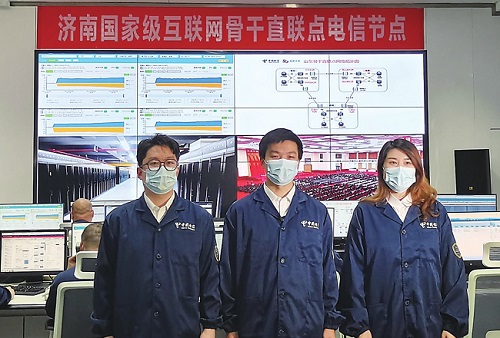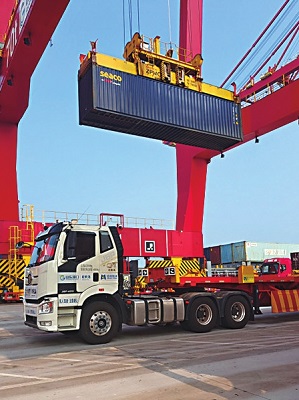CCTV News: In recent years, there have been more and more news about China fishermen being bullied and unlucky at sea. The latest news is that our fishing boat was detained by North Korea, and the Taiwan Province fishing boat was shot by a Philippine official ship at sea. So far, the matter has not been settled. When we condemn the Philippine civil servants for being cold-blooded and not talking about law and humanity, another question is often overlooked by us. Why do our fishermen go fishing so far away these years? Is there not much fish on our shore? Yes, the answer is sad. The geography textbook tells us that there are four major fishing grounds in the offshore area, namely Bohai Fishing Ground, Zhoushan Fishing Ground, South China Sea Coastal Fishing Ground and Beibu Gulf Fishing Ground. Unfortunately, they still exist in the geography textbook, but in reality these four fishing grounds are almost in name only. In this context, quite a few fishermen’s identities have begun to blur, and fishermen will go ashore if they can’t, but who they are when they come ashore, whether they are farmers or workers, or what? Newsweek focuses on fishermen this week, from going out to shore.
Scene: things in the net fall out.
Commentary: This is what the reporter picked up with Guo Wenbiao, the boatman, at a fishing point 50 nautical miles away from Shitang Town, Wenling. Among a pile of red seaweed, stone crabs and some small shrimps, there are only a few small fish. The fishermen picked it up for half an hour and only picked out less than 10 Jin of fish. After more than five hours at sea, this is all their harvest. Guo Wenbiao, the boatman, said that this is the status quo of the East China Sea, and there is basically no fishing to catch.
Commentary: The same situation happened not only in Wenling City, but also in Linhai City. The reporter took a trawler and sailed for offshore operation, but only a small bucket of shrimps was harvested when the two nets were dragged down. Fishermen told us that it should be the fishing season for plum fish, but now it is hard to find a fish.
Fisherman: I can’t make any money. I can’t do this. I basically lost money this year.
Commentary: This phenomenon not only appears in Taizhou waters, but also in Zhoushan, Ningbo and other fishing grounds in the East China Sea. Even if the fishing boat goes out for seven or eight hours, it can only catch some small yellow croaker. Fish like this is less than 10 yuan a catty in the market, and the value of a net is only more than 1000 yuan, while the cost of diesel oil for fishing boats is more than 1000 yuan per hour.
Lin Dongyong, deputy director of Zhejiang Ocean and Fisheries Bureau: In recent years, the overall situation of fishery resources has shown a downward trend. Basically, there are no fish to catch in most areas in the late spring flood.
Commentary: The East China Sea was originally the fishing area with the richest fishery resources and the highest output in China. Now "fishing in the sea" has become like "looking for a needle in a haystack". In order to avoid losses, thousands of fishing boats have returned to Hong Kong in Wenling since mid-March this year. Not long ago, a proposal was jointly signed by more than 100 fishermen in Shitang Town, Wenling City, Zhejiang Province. In this proposal of less than 300 words, the main proposal is to extend the fishing ban period of light purse seine from the current two months to three months.
On-site: The scene of the lighting fence photographed by fishermen.
Commentary: This is the picture of light purse seine fishing. Rows of high-power incandescent lamps emit dazzling light. Each of these lamps has more than 3 kilowatts, and the irradiation depth of seawater can reach 50 meters, which can instantly turn the seabed into day. Fish have phototaxis, and large and small fish chase the light and are caught in the net. This is a picture of fisherman Luo Rihua catching his net with the light of his mobile phone. More than ten tons of fish covered the deck of the whole ship. It looks like a bumper harvest, but Man Cang green fish and yellow fish are only the size of a child’s palm, and each fish weighs no more than one or two.
Fisherman Luo Rihua: The fish is too small, and I feel a little sad myself.
Commentary: At present, there is no clear regulation on the power of light bulbs in our country. In order to catch more fish, fishermen keep increasing the power of light bulbs. When you start fishing, 100 lights are turned on together, which can make the fish around you blind in an instant.
Guo Wenbiao Fisherman: We don’t have to suffer like this. Everyone will use it with me. Everyone will die together and die together. Without fish, all the fish in the future will die.
Commentary: With the development of science and technology, the fishing boats are getting bigger and bigger, the power is getting higher and higher, and the fishing methods are constantly innovating. Not only light purse seine, electric pulse fishing and so on are extremely destructive, but even traditional fishing nets are becoming more and more woven under the competition of interests.
Scene: Just a needle can come over, and nothing can escape here, poor little fish.
Fisherman 3423: How much is a catty of small fish? One yuan a catty, what can small fish do, fish meal.
Commentary: At present, there are more than 30,000 registered fishing boats in Zhejiang. These fishing boats comb the East China Sea over and over again like a grate. Many young fish have no chance to grow up at all, so they can only be turned into fish meal and turned into feed. Among the four major economic fish in the East China Sea, yellow croaker, small yellow croaker and cuttlefish were on the verge of extinction due to frequent overfishing in the early years, and the only hairtail with the strongest reproductive ability remained, which also suffered the same bad luck in the past two years. The research results of Zhejiang Institute of Marine Fisheries show that the output of hairtail in the East China Sea dropped by 40% last year alone.
Fisherman Zhang Wenlai: The fishing moratorium is very important to us, and it must be delayed. If it is not delayed, the fry will be lost after being arrested, and we will have no choice in the second half of the year.
Commentary: The fishermen who make a living by fishing actually took the initiative to ask for an extension of the fishing ban, which was also a decision that the fishermen had to make. Because these fishermen who have been fishing for a living all their lives know that if the current fishing methods continue, their fishing career will soon come to an end.
Guo Wenbiao Fisherman: If we go on like this, we will die. The fishermen will really die. How many fishing boats and how many descendants have been raised by the sea? Now we don’t know if we can raise them or not.
Bai Yansong: If you have the opportunity to come to Ningbo, a big city which is very close to Zhoushan, and study the top ten famous dishes in this city, you will find that most of them are related to seafood. There are several famous dishes in which yellow croaker actually plays the leading role, but now if the word "wild" is marked next to the yellow croaker, the price will go up, and most people dare not order it because you can’t afford it. It can be seen that it is extremely difficult to eat wild yellow croaker, because it is not easier to catch wild yellow croaker in the sea than to find giant pandas in the mountains of Sichuan and Shaanxi. No wonder the local people said with anxiety, don’t talk about yellow croaker. It won’t be long before hairtail will sell the price of yellow croaker. Now it’s not easy to catch anything. When the fish is gone, the identity of fishermen begins to be embarrassed. There is no way out in the sea. Is there one on the shore?
Site: sailing at sea
Commentary: On the sea surface about 50 nautical miles away from Shitang Town, Wenling City, groups of maroon floating objects can be seen from time to time, and the color of the sea has also changed obviously. Fishermen say that this is a red tide.
Fisherman Guo Wenbiao: Coupled with industrial pollution on land, it must be discharged into the sea.
Reporter: Do you often see red tides?
Guo Wenbiao: Often, in recent months, it seems to be coming again now.
Commentary: Not many fish can be caught in the first place. Coupled with the eutrophication of seawater caused by industrial waste water, red tides that threaten the survival of fish are induced from time to time. The fishermen’s already difficult livelihood naturally has an uncontrollable risk. Eating by the sea, fishermen are most sensitive to the changes in the ocean. In fact, the problems that appear in Wenling today have long been experienced in other regions.
Scene: Fishermen at the seaside of Dagang, Tianjin are packing fishing nets on board.
Commentary: In March this year, we visited Mapengkou Village in Dagang District, Tianjin, which borders Hebei and is close to Bohai Sea. Similarly, because of offshore pollution, villagers in Mapengkou Village have gained less and less from offshore operations in recent ten years. Except for such sporadic boats, most villagers have gone ashore to find another way out.
Zhu Zhiying, a villager in Mapengkou Village: At first, it was individual farming, and the village committee also collectively developed a part. Later, all of them were transformed and finally transformed into salt plants.
Commentary: Zhu Zhiying, 66, was also an orthodox fisherman in his early years. He used to work at sea, but now he looks no different from ordinary farmers. They can’t go out to sea to fish. When they first landed, they only relied on tidal flats for their livelihood.
Zhu Zhiying: The income is that whoever develops will benefit.
Q: How much can you earn from this beach?
Zhu Zhiying: The income is about 70,000 to 80,000 yuan per person every year, and at least 30,000 to 50,000 yuan per person.
Commentary: This fishing village with a population of more than 1,700 owns nearly 90,000 mu of beach land allocated by the state, which is used for drying salt and raising shrimps. Some villagers with flexible brains can still maintain their lives at a good level by relying on the income they get from the beach land every year. However, in recent years, the beach land on which they depend has been transferred.
Zhu Zhiying: The purpose is to attract investment, attract investment, solve the problem of re-employment for Mapengkou (a village), and recruit investors with environmental protection and greening to develop here, so as to solve the employment problem of Mapengkou (a village) and the problem of future generations.
Commentary: In April 2011, the village committee of Mapengkou No.1 Village officially signed a transfer agreement with Dagang Harmonious Fishing Ground to outsource 70,000 mu of tidal flat land in the village for 60 years, with a total contract fee of 150 million yuan. At the same time, an indefinite contract was signed, and the right to use 16,700 mu of sea area was transferred to an individual’s name, with a transfer fee of 160 million yuan. But up to now, the villagers have not received the corresponding transfer compensation from the village.
Zhu Zhiying: Now it means that from a tourist area to four chemical plants, it has not been built, and it has been transformed into a salt plant, which still accounts for 35% of the shares. So far, in the past seven years, the villagers in Mapengkou Village have not seen a penny.
Commentary: According to Zhu Zhiying, the villagers agreed to transfer the beach land. First, they took a fancy to the contractor’s promise to build a chemical plant and a tourist area to create employment opportunities for the village. Second, the village owns 35% of the equity dividends of contracted projects, which is a long-term income. Finally, there is a land transfer fee totaling more than 300 million yuan, and each person can share about 170,000 yuan. However, it was a happy thing, but it didn’t yield good results. The villagers failed to wait for the promised factories and tourist areas, but lost their original income from aquaculture and fishery.
Zhu Zhiying: If it is said that it is beneficial to build factories and tourist areas according to the original plan, the salt flats will be owned by outsiders, which will definitely do great harm and loss to our farmers and have no source of livelihood.
Commentary: In desperation, most of the young and middle-aged people who have the ability to work in the village went to Tianjin Binhai New Area to make a living by working, and became a relatively different kind of migrant workers. Those who stay in the village are old people or people who have lost their ability to work. Zhang Jingui, 69, once worked as a helper in a collective shrimp pond in the village, and now he has no job.
Q: How big is this pool?
Zhang Jingui: This pool covers an area of 3,000 mu.
Q: So what is kept in this pool?
Zhang Jingui: Raising shrimps.
Q: How many shrimps can you produce each year?
Zhang Jingui: Every year, anyway, more than 50 people get more than one million yuan.
Commentary: Just two years ago, this shrimp pond with an area of 3,000 mu has also been contracted to individuals. Every day, the old man Zhang Jingui will still go around this pool, because it was originally the lifeblood of more than 50 old, weak, sick and disabled people in the village. He still remembers that this pool once brought him hope, but now the old man doesn’t know what else to do to improve his life except the 70 yuan pension he receives every month.
Bai Yansong: Fisherman, fisherman, look at these two words carefully. If you want to be a fisherman, you must first get close to the water, and then there must be fish in the water. At this time, a fisherman will be established. If the water is polluted, or the intensity of salvage is too high, and the fish in the water is gone, then the fisherman will only have the word "people". If you want to be a good "citizen", you have to make a living, and you have to think about ways to make a living. Raising a family is a big deal. For those fishermen who have to go ashore or want to go ashore, what is the way out? Let’s think about the word "shore" carefully. Maybe it’s just like a reminder that I have to have a new backer first, and this backer is just going to work in the factory. Add it up.
Video 3: Go ashore, OK?
Commentary: Since 2002, the Ministry of Agriculture has started to implement the policy of changing jobs for fishermen. The goal is to reduce the number of boats by 30,000 in five years, and about 300,000 fishermen will change jobs. However, the implementation was not smooth. Most of the eliminated ships were boats and sunken ships, and only 80,000 fishermen switched to production. Many fishermen returned to the sea after switching production for several years because of difficulties in making a living.
zhejiang university school of economicsteachaward Wang Zhikai: It is very difficult for fishermen to change their production and transfer by themselves. One is his own knowledge structure, his employment value habits and living habits, which he is not easy to change. The second one is a key factor, and it has a great precipitation cost.
Guo Xianfa, a fisherman in Shitang Town, Wenling City, Zhejiang Province: I didn’t study, I could only fish, and there was no other income, that’s all. Change careers, fishermen can’t do it, and no one wants to change careers. That’s it. If there is no supply, we will definitely change careers, change careers, he will change careers, and the boat is thrown away for nothing, just like this.
Commentary: Guo Xianfa is a fisherman in Shitang Town, Wenling City, Zhejiang Province. He has two boats at home and earned a solid family business by fishing. Now, his children are no longer engaged in fishing, but Guo Xianfa himself has no idea of changing careers. It is unrealistic for fishermen of his generation to go ashore.
zhejiang university school of economicsprofessor Wang Zhikai: You said that we would switch to shipbuilding and petrochemical industry in our present coastal areas, and this is called marine biology and marine medicine. Obviously, there are farmers who can’t move in, right?
Commentary: Now, Wenling, Zhejiang Province is also exploring a new way out. Conditional fishermen buy big boats in partnership to go to the distant sea, and some fishermen have started fishermen’s music to take tourists to the sea for experience.
Guo Wenbiao Fisherman: Now that the fisherman is happy to come, I will tell him that there is no fish now, and it is still possible for you to experience the life of fishermen.
Commentary: While encouraging fishermen to change jobs and production, since 2006, the state has provided diesel subsidies for each kilowatt of fishing boat engines. Fishing boats that meet the standards can get subsidies ranging from 400,000 yuan to 700,000 yuan per year. This policy aimed at increasing fishermen’s income has stimulated the surge in the number and horsepower of fishing boats from the side.
Lin Dongyong, deputy director of Zhejiang Ocean and Fisheries Bureau: The biggest contradiction in our current marine fishery is the contradiction between the increasingly powerful fishing capacity and the increasingly depleted fishery resources.
Ding Lifa, Chief of Fishery Department of Wenling Ocean and Fisheries Bureau: Since the introduction of diesel subsidies by the state in 2006, the income of fishermen has increased obviously, but it has boosted the shipbuilding industry. If there is no diesel subsidy, the amount of national diesel subsidies is not so large, and fishermen’s shipbuilding enthusiasm is not so high.
zhejiang university school of economicsprofessor Wang Zhikai: Let’s take Zhoushan in Zhejiang as an example. From 2000 to 2010, Zhoushan’s fishermen’s team remained at more than 300,000, and by 2010 it was more than 400,000. The reason why the fishermen’s team will increase is that they can’t move and have no choice. Plus, after all, Zhejiang’s coastal areas are still developed provinces, and there are foreign migrant workers to join, so the fishermen’s team will increase.
Commentary: On May 20th, Zhejiang Ocean and Fisheries Bureau held a press conference to inform about the specific situation of fishery in the East China Sea. At present, there are more than 30,000 registered fishing boats in Zhejiang alone, and the fishing technology is also developing constantly. Now, the fishing capacity of one boat is equivalent to that of ten boats in the past. In addition, the current diesel and shipbuilding subsidy policies have also stimulated the crazy development of the fishing industry to some extent. Experts from Zhejiang Ocean and Fisheries Bureau are discussing relevant policies such as extending the fishing moratorium and introducing the fishing boat withdrawal mechanism. Specific measures will be introduced in early June.
Ding Lifa, Chief of Fishery Department, Ocean and Fisheries Bureau, Wenling City, Zhejiang Province: Can you cut out a piece of diesel subsidies for fishermen’s old-age insurance and social security, or improve the basic facilities in fishing areas, so that fishermen can enjoy it, which is good for fishermen to engage in other production and leisure fishing?
zhejiang university school of economicsprofessor Wang Zhikai: If we want to get fishermen ashore to recuperate in this sea, then we must also guarantee this basic social security for fishermen. Compared with fishermen, the farmer owns the sea area, so the farmer still has a few acres of land that he can see, so if the farmer uses this land as a guarantee after you leave, once the fisherman loses the sea, it may really be nothing. Then you can only let him go ashore if you bring him into the social security system.
Bai Yansong: In the reporter’s interview, in fact, another new term was revealed, which is called nearshore dead zone. Due to the pollution brought by land, there are no signs of life and no fish and shrimp in the large sea area near the shore. Think about it. If there are no fish on the shore, fishermen will go further and further. If they want to go far, they will invest more and more money to buy big boats and go out to sea, and then they may take big risks. The result is still unknown. But beyond that, there are not many roads, unless you change production and go ashore, you will face the embarrassment of identity and various challenges of ability, financial resources and environment. In this case, it is very important to treat the symptoms, such as helping fishermen who have changed their production, escorting fishermen who have been fishing for a long time, and protecting their fishing. But what is really important is to cure the problem, so that the sea around us can recuperate, fish and shrimp can grow, and the offshore ecological environment can be improved, otherwise the fishermen will eventually become a protected business with cultural relics.
